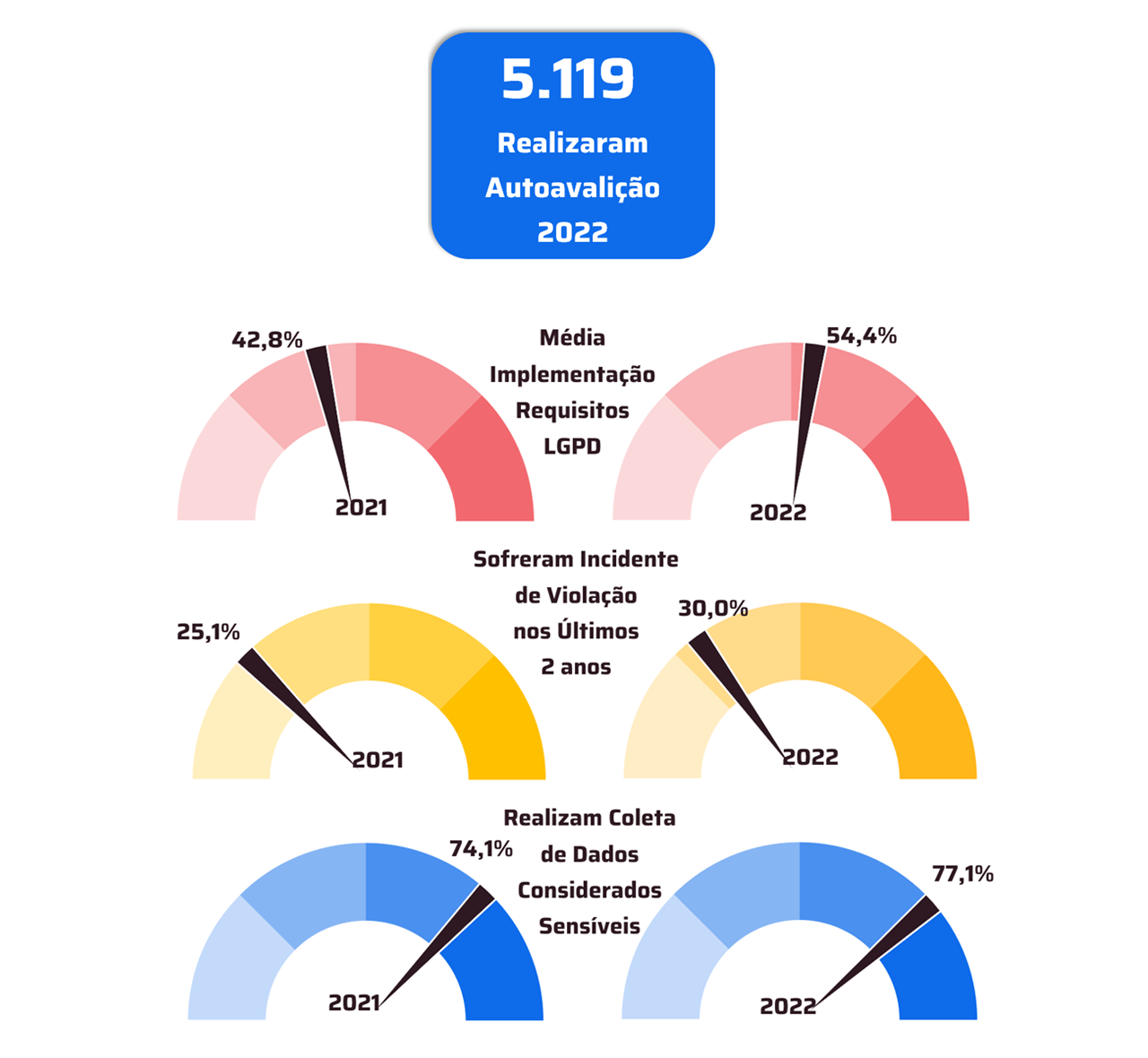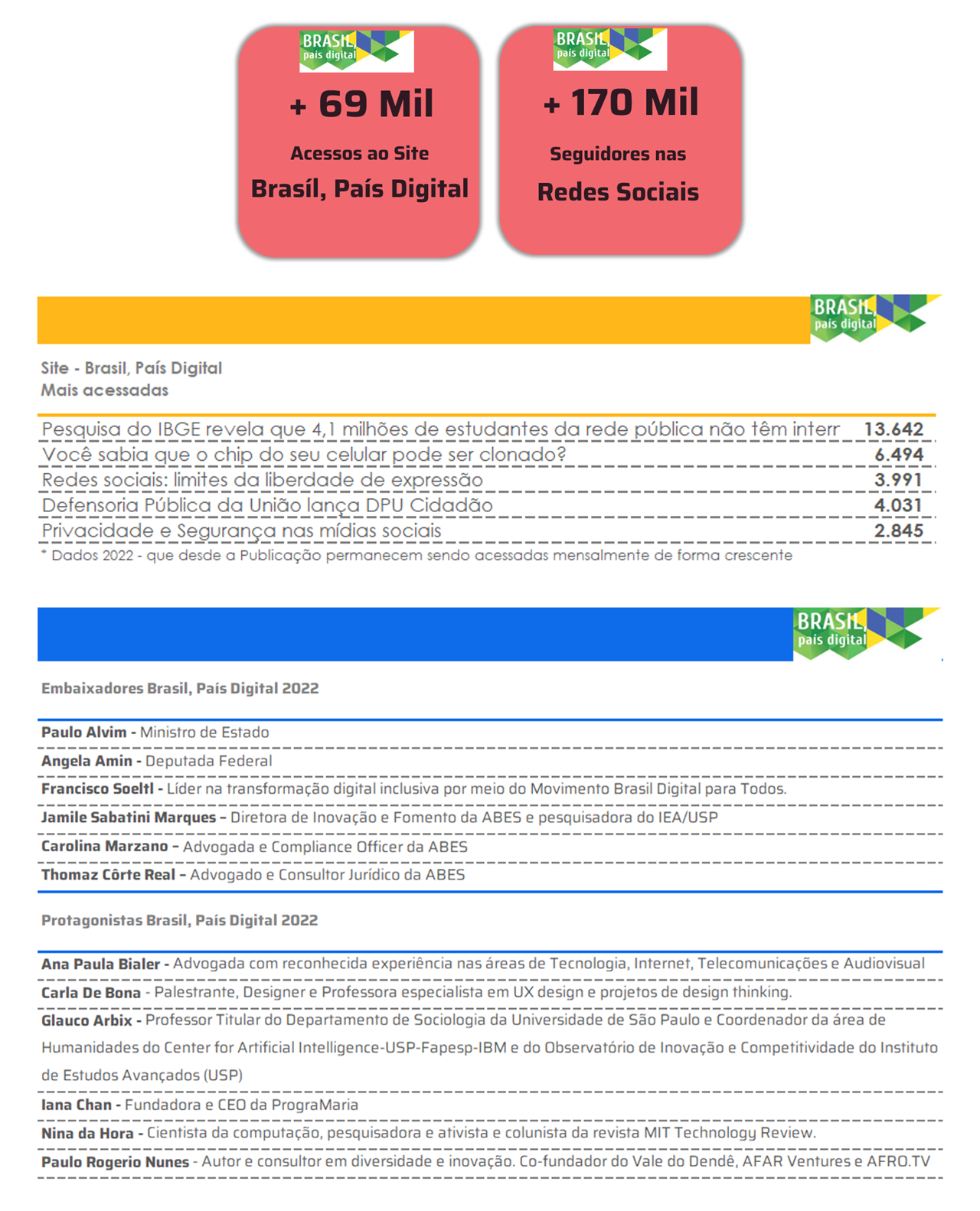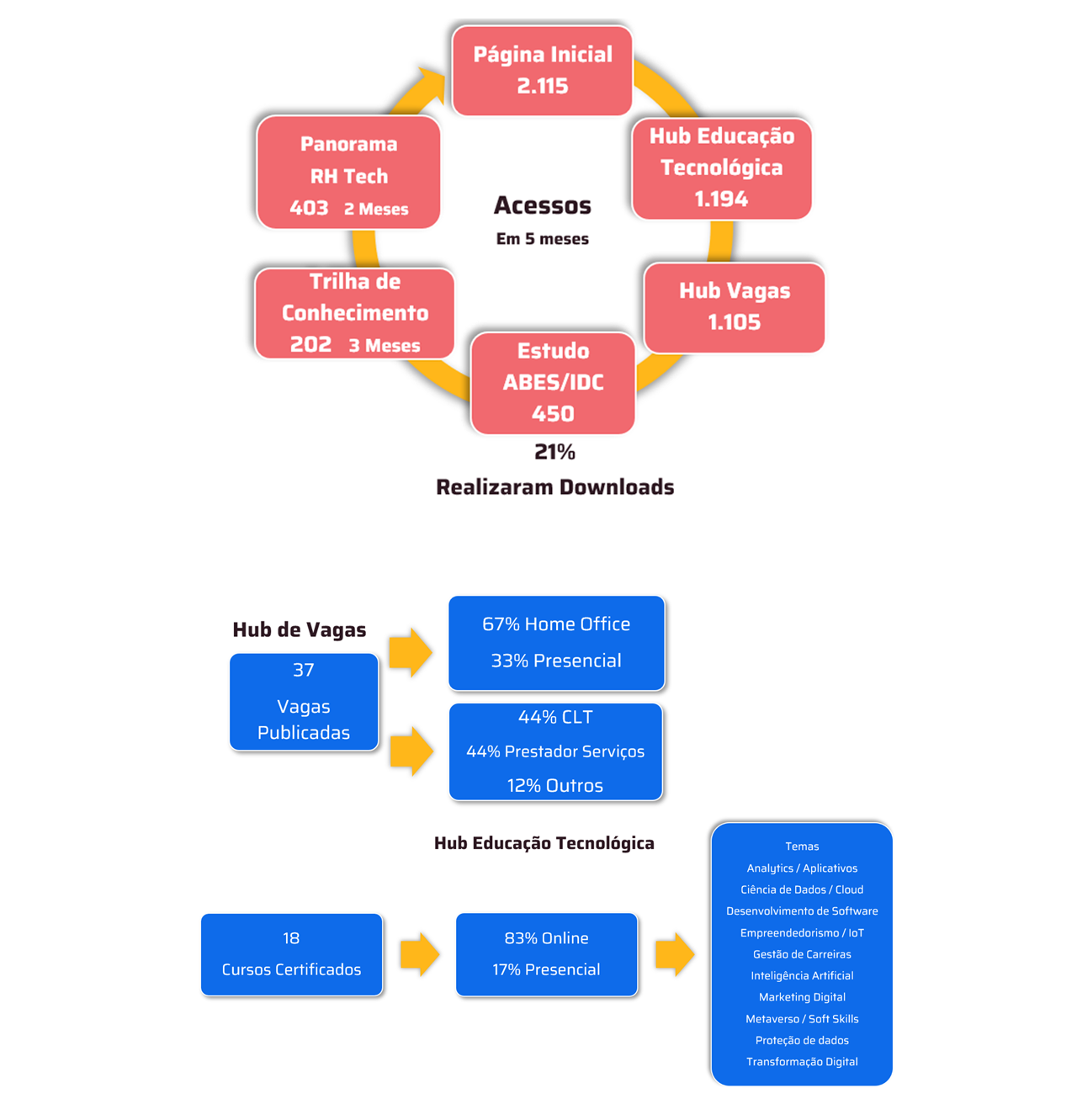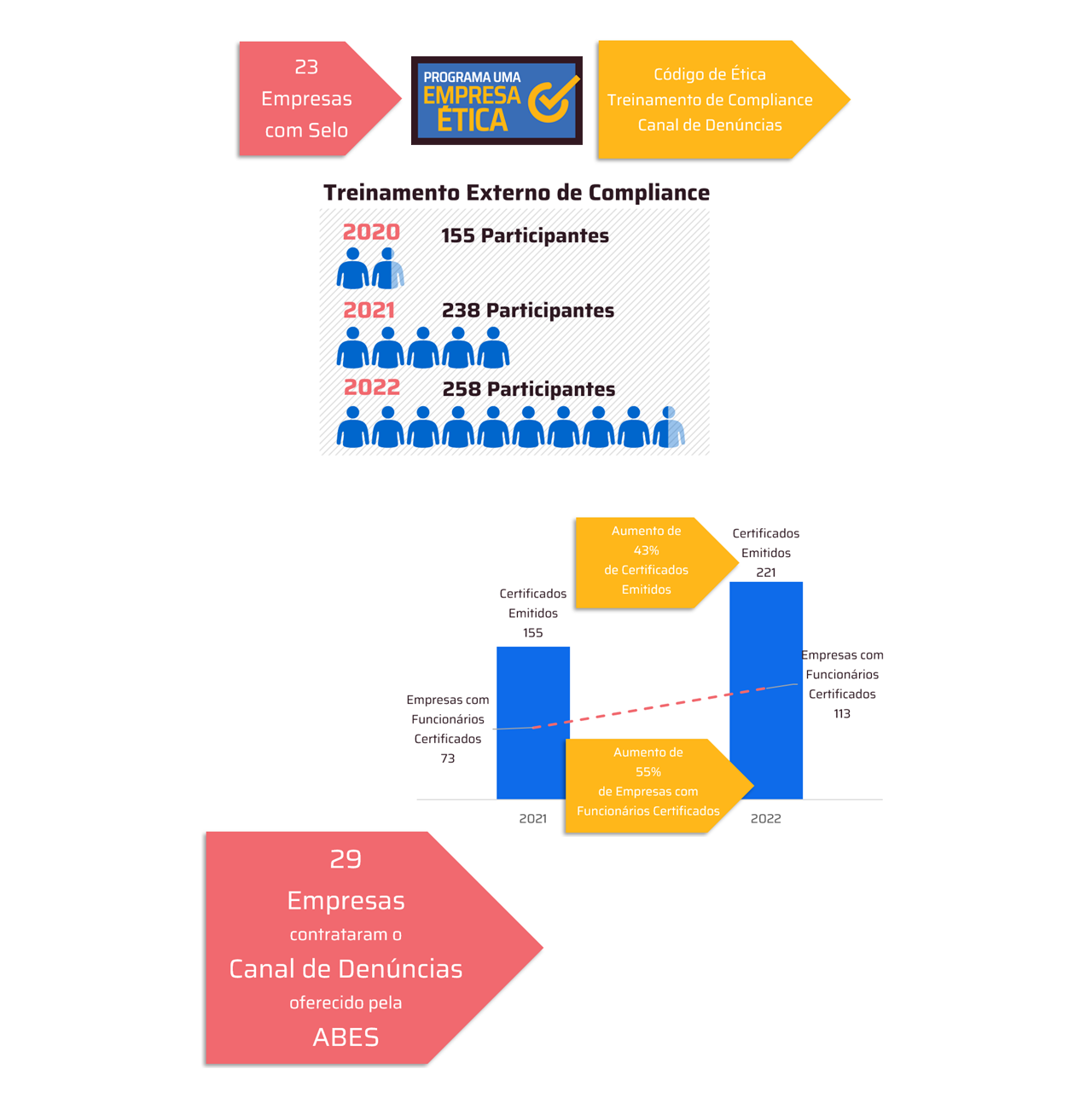 *By Francisco Larez
*By Francisco Larez
As global IT departments invest trillions in infrastructure, a paradox haunts the industry: 76% of companies prioritize hardware metrics, but only 34% systematically monitor end-user perceived response time, according to the GartnerThis disconnect has a tangible business cost. When critical applications crash or lag, it's not just CPU graphs that fail—it's lost transactions, evaporated productivity, and eroded customer trust. Studies by IDC reveal that one hour of critical system downtime costs, on average, R$300,000 for medium-sized companies, a figure that scales to millions in the financial or healthcare sectors.
True advanced IT management begins with a radical shift in priorities. Technologies like Application Delivery Controllers (ADCs) aren't mere load balancers: they're continuity actuaries. They redirect traffic in milliseconds in the face of server failures, ensuring that users never notice the broken gears behind the scenes. However, availability without performance is a hollow victory. This is where Network Performance Monitoring and Diagnostics (NPMD) emerges as a strategic watchdog.
The once-isolated security layer is now woven into the performance architecture itself. Network Detection and Response (NDR) tools analyze 100% of traffic in real time, identifying threats like ransomware, which, according to the consultancy, ESG, paralyze operations for 23 days in 45% of successful attacks. This comprehensive visibility is not a luxury: it's what prevents a compromised device from paralyzing an entire production chain.
Artificial Intelligence promises to accelerate this revolution, but its brilliance requires critical thinking. Although the AI security market is growing by 24% annually, according to data from MarketsandMarkets, the mantra "trust, but verify" remains non-negotiable. Autonomous NDR systems using deep learning detect 40% more zero-day threats than traditional solutions, according to Forrester, But they also generate false positives that can paralyze legitimate operations. Blind automation invites chaos: tools should amplify human judgment, never replace it.
The future belongs to organizations that understand that the alphabet soup of ADCs, NPMDs, APMs, and NDRs are not isolated acronyms, but links in a single chain: the end-user experience. When a customer clicks "buy" or a doctor accesses medical records, nanoseconds of latency can be converted into a competitive advantage—or into broken ground. Projections for the APM market, which will reach US$12.76 billion by 2033, according to data from Verified Market Reports, confirm this change.
This revolution, however, is silent for a fundamental reason: its success is measured by the absence of noise. When the user experience flows seamlessly, when access is instantaneous and interaction is intuitive, the complex orchestration of ADCs, NPMD, and NDR disappears from view. The end user doesn't celebrate imperceptible latency or a threat blocked in milliseconds; they simply act, confident that digital technology responds. It is in this invisibility of technological effort, in this naturalization of excellence, that the true power of the new currency lies. Critical IT ceases to be a support department and becomes the very oxygen of the operation—only noticed when it's missing, but vital and transformative when present in its silent fullness. The great challenge, then, is not just to prioritize experience, but to understand that its greatest achievement is to become imperceptible, merging so seamlessly with the business flow that its sophistication goes unnoticed, like the perfect gear that only reveals its value through the continuous movement it enables.
The final message is crystal clear: robust infrastructure without agile experience is a house of cards. Ironclad security without continuous availability is an empty fortress. The IT that survives will not be the one that accumulates the most teraflops (a unit of measurement representing a computer's processing power), but the one that transforms every user click into the gravitational center of its architecture. This is not a technological evolution—it is a philosophical revolution. And its decisive thermometer will always be that fragile moment between a human command and a digital response.
*Francisco Larez is Vice President of Latin America and the Caribbean at Progress Software.
Notice: The opinion presented in this article is the responsibility of its author and not of ABES - Brazilian Association of Software Companies













